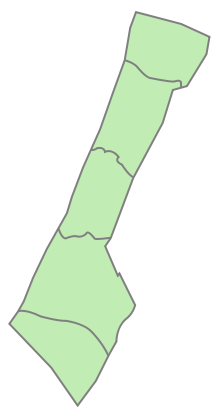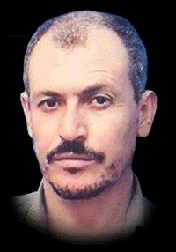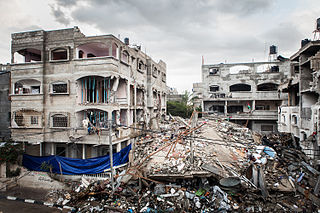This article or section is in a state of significant expansion or restructuring. You are welcome to assist in its construction by editing it as well. If this article or section has not been edited in several days , please remove this template. If you are the editor who added this template and you are actively editing, please be sure to replace this template with {{ in use }} during the active editing session. Click on the link for template parameters to use. This article was last edited by MWQs (talk | contribs) 13 hours ago. (Update timer) |
You can help expand this article with text translated from the corresponding article in Arabic. (May 2024)Click [show] for important translation instructions.
|
 |
|---|
Officeholders whose status is disputed are shown in italics |
|
 |
|---|
| |
|---|
| |
Capital punishment in the Gaza Strip has been enforced by multiple governments, militaries, and irregular militias throughout the area's history. A large proportion of the killings have been associated with broader violent conflicts.
Contents
- The Palestinian National Authority in Gaza
- Executions by Gaza's government and military (2007-2023)
- Death penalty authorities internally after 2007
- 23 executed in 2014
- January 2015 to January 2016
- Mahmoud Eshtewi - February 2016
- May 2016
- April 2017
- 13 sentenced January-August 2022
- 5 executed in September 2022
- Death sentences and executions in the Gaza Strip (2005-2023)
- Executions by the Israeli Air Force before October 2023
- Ahmed Yassin (2004)
- Baby Ali Deif (2014)
- The Gospel
- Israel-Hamas war
- "Where's Daddy?"
- See also
- Notes
- References
The death penalty has been applied to offenses such as murder, treason, and terrorism. The death sentences for treason have been carried out by the Al-Qassam Brigades, for giving information to Israel or Egypt, but theoretically the penalty can apply to other offences (see: Palestinian land laws).
A small number of people in the Gaza Strip have been sentenced to death for murder convictions in civilian courts, but many death sentences have been implemented by military courts with limited accountability, or have been extrajudicial executions.
There are multiple cases of alleged extrajudicial executions - for example Mahmoud Ishtiwi [lower-alpha 1] and Fayeq Mabhouh [lower-alpha 2] - in which the reason for the killing, the circumstances of the death, and whether it constitutes an extrajudicial execution are controversial and disputed.






